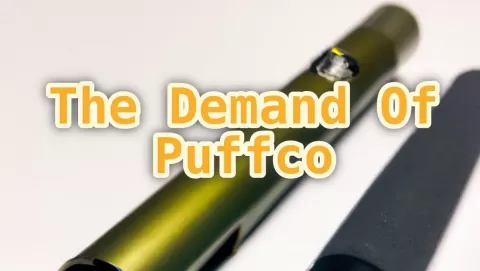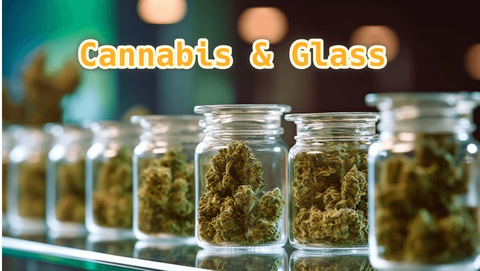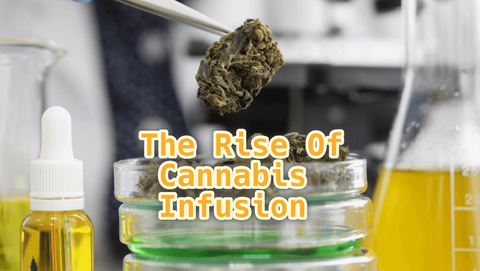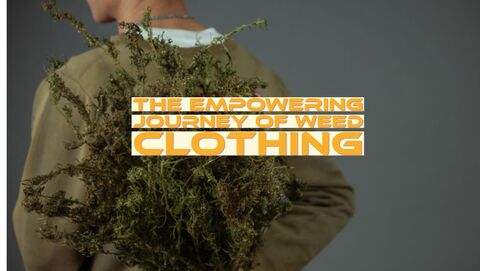Latest Blog Posts
Top rated
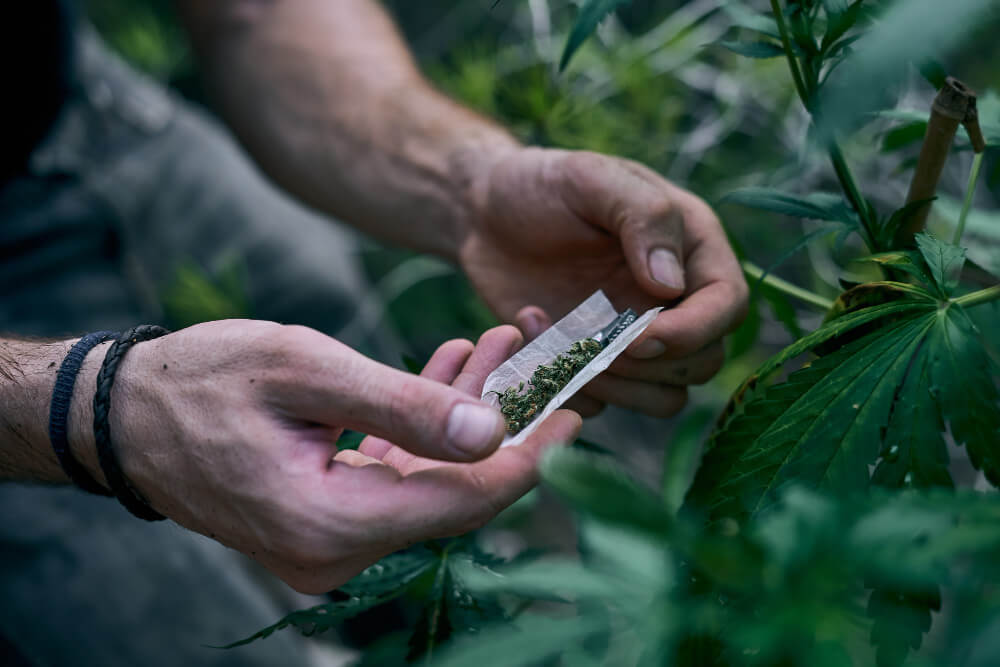
Lighting Up A New Way To Grow Weed
‘The Cannabis sativa L. (H. Capsicum Chinense) \often abbreviated ‘sativa’, is the most widely cultivated plant in the world and contains a wide range of chemical compounds with a variety of effects on humans and animals (e.g., sedative, analgesic, stimulant) — more than any other plant on Earth. The Cannabis sativa plant is also commonly used for medical and recreational purposes.
Cannabis sativa is a flowering plant with long internodes. It is grown as a shrub or small tree (3-6 meters tall at maturity); it can be propagated by cuttings, and it grows best in well-drained soils which are full of organic matter and moisture (“Aquatic weediness”).
Cannabis sativa flowers are produced throughout its life cycle (in opposition to hemp), with females producing only one flower per stem node every year (called “autumnal flowers”). A set of clones from each stem node produces female flowers that are pollinated by insects.
It produces seed pods, each containing 16 seeds but no nectar. These seed pods mature into mature plants that produce male flowers that are pollinated by wind or bees which produce pollen cones — all the way up to the final harvest when female plants produce nectar for humans who collect it from the female flowers.
Cannabis sativa prefers warm weather conditions but can tolerate both dry heat as well as cold weather conditions; temperatures between 10° C and 18° C would be sufficient for growth while temperatures below -15° C would kill plants due to freezing or freezing or thawing cycles; In areas where winter temperatures occasionally dip below -20° C, \plants can be grown without much risk of frost damage.
Cannabis sativa leaves will continue expanding after they have stopped growing and are not harmed by being bound tightly together during this process; each bud produces only 100-200 leaves so it takes approximately three years before they reach maturity
How Does Cannabis Grow?
Cannabis is a tricky thing. It is the earliest crop that is still yielding the most bang for the buck — and that’s thanks to its low cost and relative ease of cultivation. Cannabis grows well in any soil, and without special equipment (potting soil, hydroponics), it can be grown indoors or outdoors. Everything else about it is different from other crops.
There was a movement towards growing cannabis hydroponically in greenhouses, but there wasn’t enough interest in hydroponics to be worth pursuing seriously. Then came the indoor hydroponic boom — and with it came a whole lot more people thinking about what they could do with their own indoor space.
Cannabis grows best when conditions are optimal: an ideal temperature, humidity and nutrient levels. There is no need for expensive equipment for this — just good lighting and nutrients. Nutrients like CO2 and pH adjusters are all needed (and CO2 will only work if lights have a carbon filtration system or if a pump-type container is being used).
The second cost factor is more complicated: electricity costs vary wildly, that is why solar panels are one of the cheapest ways to support the growth room operations. Solar panels aren't cheap, so beware of places with cheap electricity rates — instead, look for places where energy prices fluctuate more between periods of high demand (like during peak hours) which can reduce power bills at high times of day (like night-time), making them cheaper overall than other methods.
The Effects of Cannabis
The usage and benefits of cannabis have been extensively studied for over a century, and there is no shortage of information on this subject. But like most things in life, there are different perspectives on the same subject. And some of those perspectives are not necessarily positive.
Cannabis is one of the most widely used psychoactive substances on earth. It is commonly referred to as marijuana (not confused with the recreational drug weed). It has a long history of being used for medicinal purposes — both a painkiller and an appetite stimulant.
So what exactly is cannabis? Well, it is a plant that grows naturally all over the planet — including North America, Europe and Asia. The primary difference between plant-based drugs (like alcohol or nicotine) and botanical drugs (like cannabis or opium) is that plants contain compounds that do not cross into our bloodstream or brain, so they do not produce the physical effects associated with other types of drugs (like opiates).
Interesting thing about cannabis is that there are more than 500 known cannabinoids in it — more than any other herbal medicine. Cannabinoids have a wide range of medical uses, including relieving pain, help people sleep, lose weight, reducing anxiety, stopping seizures, and treating numerous mental health conditions (like anxiety disorders).
The list will continue to grow. As it turns out, these benefits come at a cost: cannabis gets users high — which many people find extremely unpleasant — and can be addictive, especially when they started using cannabis before they were ready to go cold turkey with other substances such as alcohol and nicotine.
This doesn’t mean that it can’t be used cannabis for medicinal purposes; however, if it is supposed to be used it in this way, there is a need to be prepared for the fact that it will likely make feel uncomfortable at first; but also realize that it has been shown through scientific research that its usage leads to long-term health benefits (such as improved overall quality of life) and even reduces risk of developing certain cancers.
In controlled trials involving more than 700 people with chronic pain conditions such as cancer-related arthritis or low back pain, finding out how well different agents work was hard enough: finding out how many people experienced side effects was nearly impossible. However, because some cannabinoids work synergistically when combined with each other.
How is it Processed?
It is a pretty common question for new entrepreneurs: “How is it processed?” It is one of the first plants grown in hydroponics at Brooklyn headquarters. Common method was used for hydroponic culture which is used by everyone.
In hydroponic culture simply water is added into the nutrient solution and roots are allowed to take hold. Once they do so, CO2 is added until it reaches the desired density (which can be as low as 1 micron), then more water is added until plants are fully mature. This is done in two or three days. So how does this relate to cannabis? Well, hydroponic cannabis is actually super simple too.
Put the soil right into a reservoir on hydroponic system with a light on it 24 hours a day (or 12-hour cycles if more light is needed). Turn the light on for 24/7 if growth room doesn’t have enough light to use an HPS lamp or LED lights — but if there is enough light, then simply water the reservoir periodically through drip irrigation systems or by spraying liquid fertilizer down onto the soil.
Since there are no moving parts in such systems (like having an aquarium inside), they tend to work better than other methods of growing cannabis, especially when growing indoors since there aren’t any roots to cause problems about nutrient supply or movement of water around.
According to some additional readings on hydroponics:
• The largest hydroponic plants grow up to 40% faster than selected Cannabis growing methods [Scientific American]
• Hydro-growtics are now available [CannabisNow]
• Hydro-growtics [Canndescent]
• A hydroponic system for growing marijuana bud
Health Effects of Marijuana
Since the announcement that Canada would be legalizing marijuana as of October 17, 2018, people have been asking about problems associated with growing weed for medical purposes. This is a problem that haven’t been seen discussed much in the media, but it should be.
In the United States, twenty states have legalized cannabis for recreational purposes and many more that have some form of decriminalization or legalization, including for medical purposes. The legalization movement is also growing in other countries: Uruguay is working on a holistic approach, while Canada and Latin America will discuss the topic soon.
The Bottom Line
High demand for food production and medicines is increasing as the world population is growing. Meanwhile, the traditional farming using soil system will not cover the world's growing demand for food and medicine. Thus, developing a new farming and planting system techniques are required to avoid food crisis issue in the future.
Disclaimer: This material is for informational purposes only and should not be relied on for legal, medical, financial, or any other form of professional advice.



